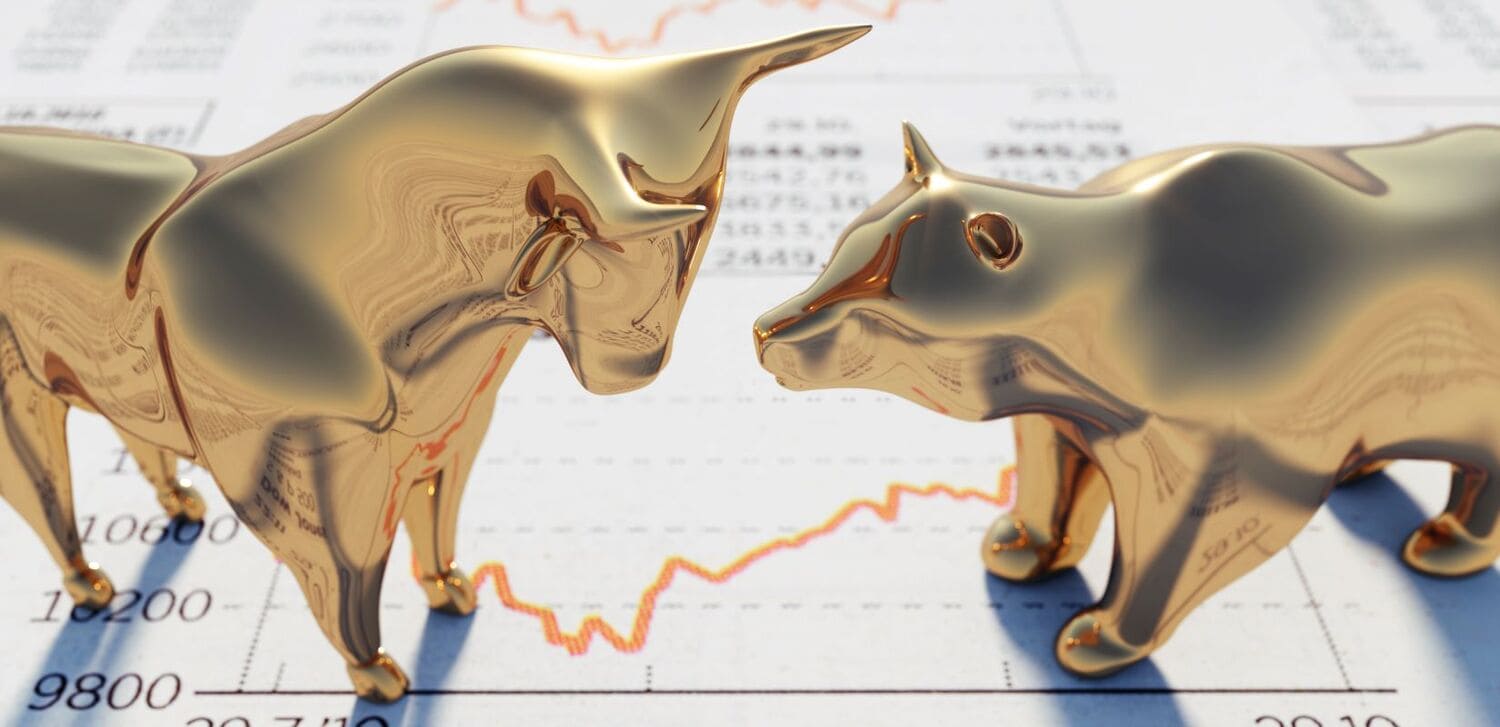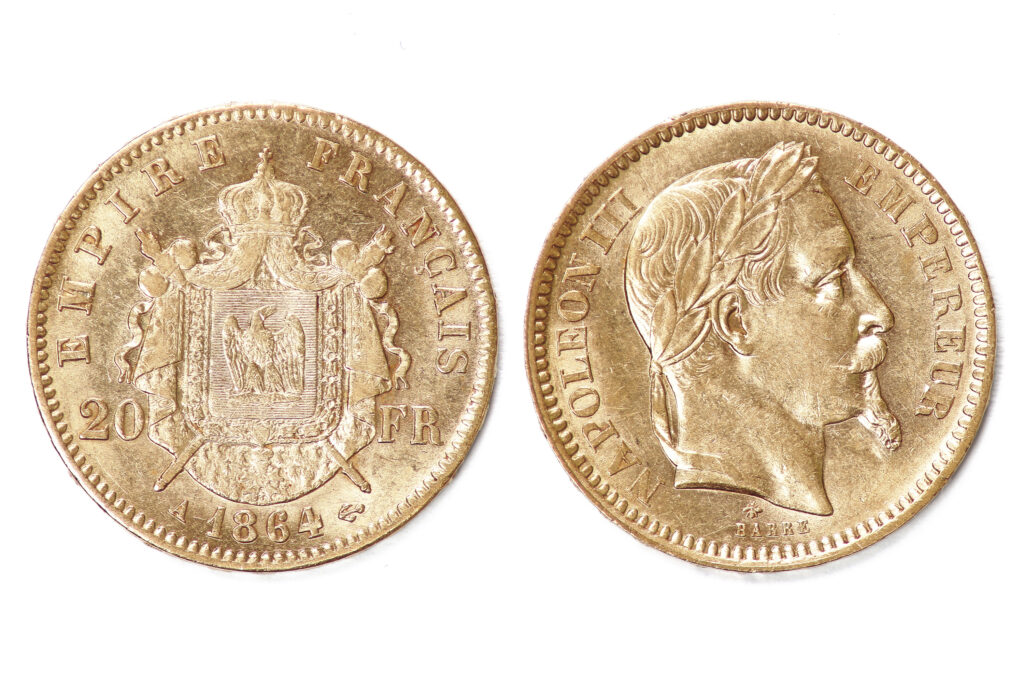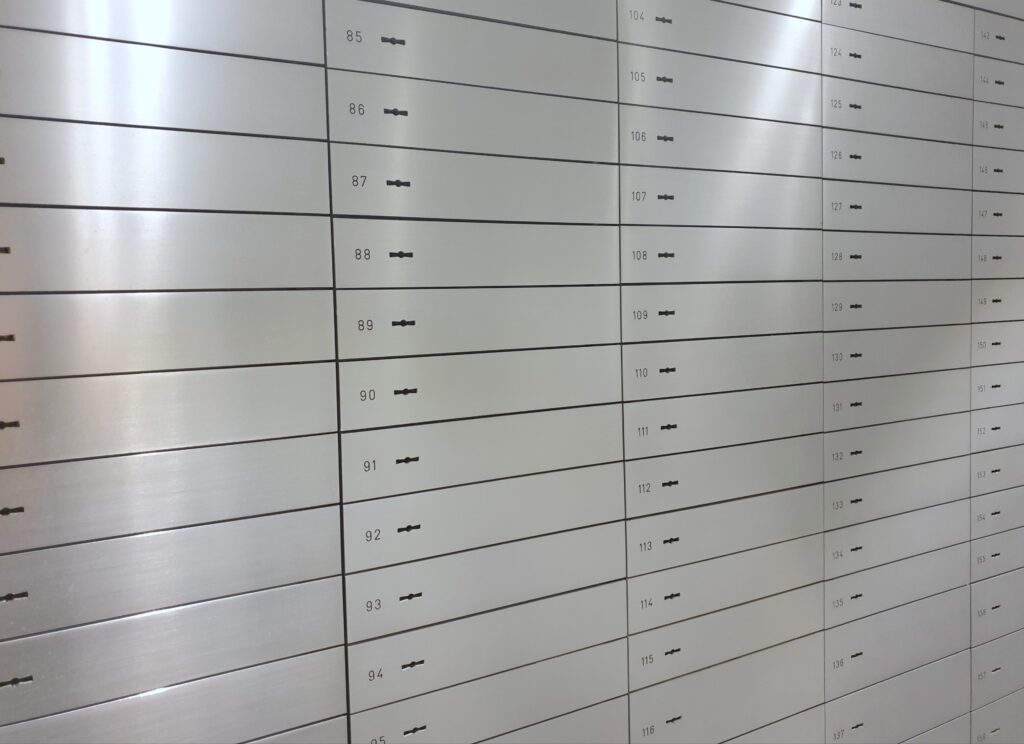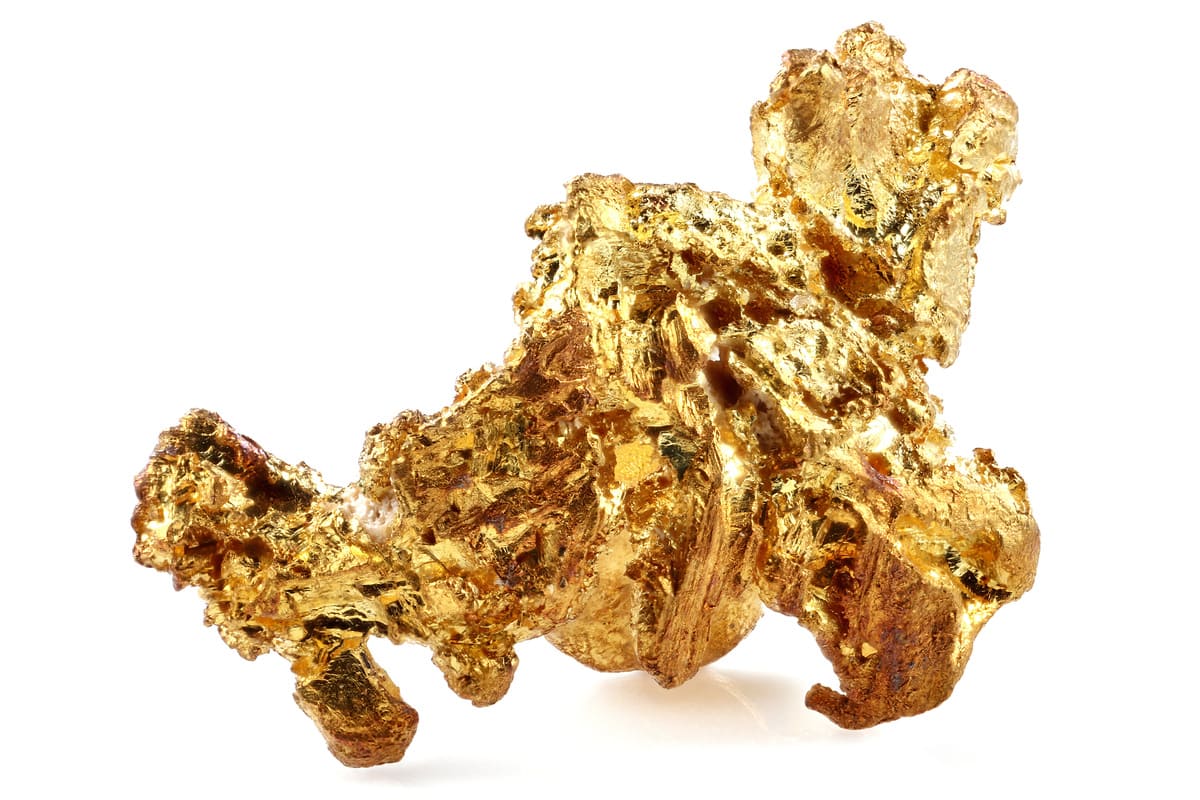Using paper gold to build wealth
Additional information > Investment forms for gold, silver, platinum and palladium > Paper gold products compared to physical precious metal
Paper-backed gold and how it differs from physical precious metal
The financial world uses numerous technical terms and expressions that can be very confusing, especially for beginners. They are often used synonymously – including the term paper gold. This collective term has become established in informal language for numerous products that can be used to build wealth. But what exactly is paper gold? And how does it differ from other types of investment associated with this valuable precious metal
Gold is one of the most valuable of all precious metals. It has been used as a means of exchange for thousands of years, and is thus inextricably linked to the history of humankind itself. Since the introduction of paper money, gold has been used primarily for jewellery, watches, bullion bars and coins as a tangible means of securing one’s personal assets. Central banks also store large amounts of gold to create currency reserves as a means of stabilising their national currency.

© peterschreiber.media - stock.adobe.com
In addition, numerous securities which reflect the value of gold are traded on the international capital markets. Some are backed by gold, but others are not. They are often offered by banks and other stock exchange traders who charge fees for their services. These securities offer investors the advantage of being able to invest in gold without having to store any of the physical precious metal for themselves.
What is paper gold and how is the term used?
Paper gold refers to securities traded on various national and international stock exchanges which are based on the price of gold. It is generally accepted that paper gold is not backed by physical gold, but merely reflects its equivalent value. Widely used gold securities include ETCs (Exchange Traded Commodities), gold futures (future-oriented contracts), swaps (gold exchange for foreign currencies) and unallocated precious metal accounts at banks which are not secured with physical gold bars.
This makes paper gold the exact opposite of physical gold. Holders of such gold securities generally have no right to request delivery of their account balance in the form of bars or coins. If sold, the payout on these investment models would instead be made via a fiat currency. On the other hand, investors do not have to worry about secure storage for their precious metal. Instead, they can enjoy the flexibility and easy tradeability of their stock market securities.
But it is precisely the fact that these products are traded separately from physical gold that sometimes reflects the term paper gold in a somewhat negative light. This always happens when investments that advertise their association with gold turn out to be unsafe because they are not secured with gold. Nevertheless, the success of gold securities provides a practical counter-argument. This example illustrating gold futures as the most important representative of paper gold should serve as a good example:
But what are gold futures? They are contracts in which the buyer undertakes to purchase a certain amount of gold at a defined price on a specified date in the future. So investors are thus speculating on the future development of the gold price, which can either be above or below the current precious metal price (spot price). Such contracts are traded, for example, on the COMEX Commodity Exchange in the USA, the world’s largest futures exchange. According to the CME Group, up to 175,000 gold futures contracts change hands there every day. A single contract represents the equivalent of 100 troy ounces of gold. So, at least on paper, these transactions involve a total of 544 tons of gold in a single day.
By comparison: If you were to convert the above total into an equivalent amount of physical gold, you would get 17.5 million of the ever-popular Krugerrand gold coins. However, the Rand Refinery in South Africa, which produces gold for the coin, “only” sells around 1.2 million ounces of gold – per year. This example impressively demonstrates the importance of paper gold.
Types of paper gold
Wealthy people have many different options for investing in gold. Those who prefer physical precious metals can buy gold bars or gold coins. However, direct ownership of gold requires further measures, such as secure storage (see the next paragraph). Gold shares can also be acquired using various investment models. These include gold investment plans, or precious metal deposits at banks or precious metal dealers. The term vault gold is often used in this context. Another related option is a gold account at a bank, which can also be secured with physical gold. Gold ETFs are also considered to be a particularly flexible trading option. Exchange Traded Funds are traded on international stock exchanges and are usually backed by reserves of physical gold. The one thing most of these products have in common is that physical gold can be delivered whenever shares are sold. However, this option is rarely employed in practice, because such gold is usually held in the form of large 12-kilo bars.
In addition, as described above, a number of products described as paper gold are also available. These include ETCs, swaps, gold futures and gold mining shares as well as many gold accounts. These paper gold options are certainly based on this high-value precious metal, but without any physical gold deposits. A comparative overview of various options for securing assets with precious metals can be found in our article about Investing in Gold.
What use is paper gold?
Although paper gold can be viewed as a long-term investment, the majority of market investors actually use it for financial speculation. Like almost all securities, paper gold is also impressively easy to trade. During normal business hours, these securities can be bought and sold at will via online portals. Many investors therefore use the short-term fluctuations in the price of gold to realise profits, which may then be immediately reinvested. Analysts also repeatedly observe a decoupling of the paper gold price from gold’s actual commodity price (the gold spot price) – a feature which tends to occur particularly in times of crisis or during a difficult economic situation.
Despite its many advantages, paper gold also has some disadvantages compared to physical gold. The first rather obvious fact is that owners cannot hold paper gold in their hands, because its value actually exists on paper. Furthermore, such an investment can be more or less risky according to its type. For example, providers of paper gold can become bankrupt, as happens for instance when a bank itself becomes insolvent. In such an emergency, any claims for the repayment of assets must then be enforced through the courts. A complete total loss of assets can also occur. In addition, paper gold can sometimes incur high transaction costs and administration fees which have a negative impact on profits. A registration process is also required to participate in stock exchange transactions, so investors cannot rely upon anonymity.
The difference between paper gold and physical gold
In contrast to paper gold, physical gold in the form of gold coins or gold bars represents an actual material asset which buyers can inspect at any time. This represents pure investment gold that is used exclusively for wealth creation. Therefore, unlike jewellery or watches, the purchase and sale of investment gold is exempt from VAT. Investors can thus devote their entire available investment budget to buying the precious metal.

© Gina Sanders - stock.adobe.com
To make your bullion gold as easy to trade as possible, experts recommend buying common varieties rather than exotic specimens. Gold coins such as the Krugerrand, Maple Leaf or Vienna Philharmonic as well as gold bars weighing 100 or 250 grams are among the most widely used products with strong global acceptance. When required, they can also be sold at current gold-purchase prices in almost any specialist precious metals retail shop. Furthermore, the purchase of coins and bars can be conveniently processed via the reputable online outlets owned by the same high-street specialists, and sales too can often be arranged via this same route.
Due to its high value, gold requires appropriate storage which must include theft protection. This can be achieved using home safes, bank safe deposit boxes, or specialist bank-independent safe deposit box providers. You can read about the advantages and disadvantages of these different concepts in our article about the criteria for selecting a safe deposit box.
Summary: Paper gold versus physical gold
- The colloquial term paper gold is a collective description that has become an established reference for virtual, non-physical gold. This refers to paper securities that reflect the price of gold.
- Gold securities are investment products that are not backed by gold, such as exchange-traded ETCs, swaps or gold futures, and also unallocated precious metal accounts at banks.
- Proponents of physical precious metals often portray paper gold as unsafe due to its lack of precious metal reserve deposits. The great success of gold futures contracts in particular puts this criticism into perspective.
- Paper gold offers investors an alternative way to invest in gold. It offers a high element of flexibility when buying or selling quickly via online media.
- Nevertheless, many wealthy people find it a disadvantage that paper gold has no physical basis. In addition, paper gold investments are associated with some risks and additional costs.
- The alternative to paper gold is gold bars or gold coins, which can be purchased directly and then resold. As a special feature, bullion gold is exempt from VAT.
- Physical gold must be stored securely. Bank-independent safe deposit boxes at private storage companies are a good option to choose for this purpose.








